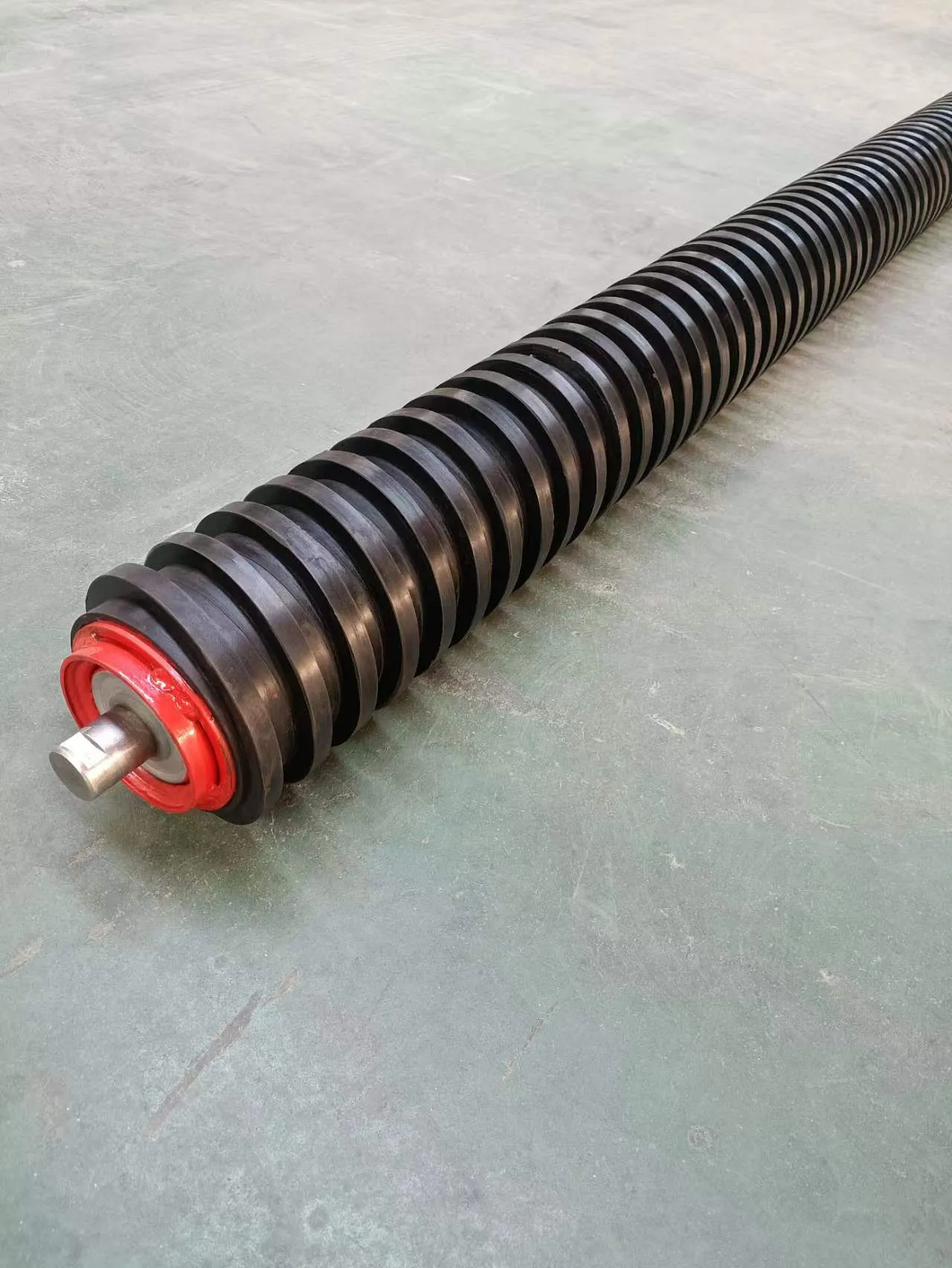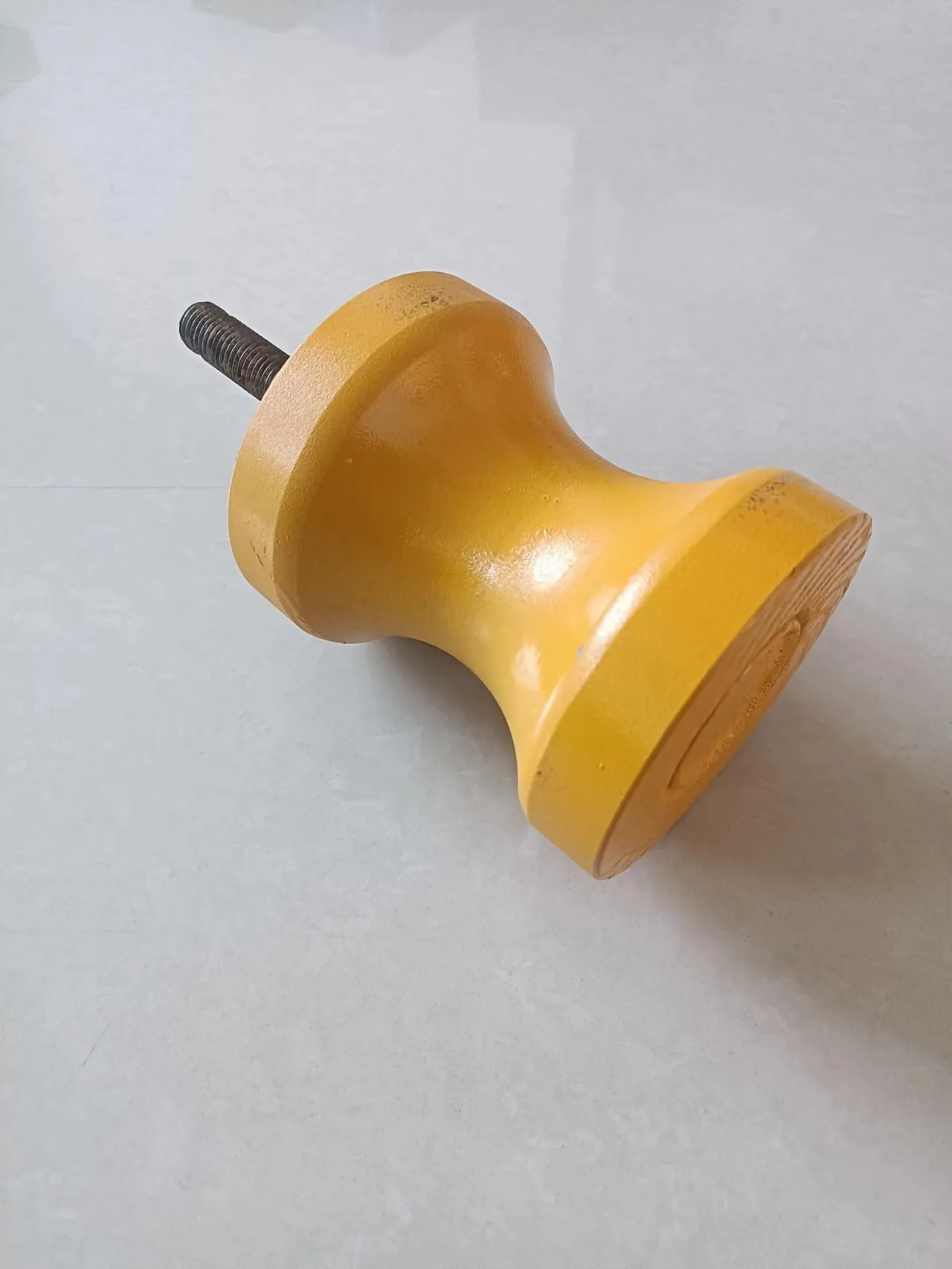 Afrikaans
Afrikaans  Albanian
Albanian  Amharic
Amharic  Arabic
Arabic  Armenian
Armenian  Azerbaijani
Azerbaijani  Basque
Basque  Belarusian
Belarusian  Bengali
Bengali  Bosnian
Bosnian  Bulgarian
Bulgarian  Catalan
Catalan  Cebuano
Cebuano  Corsican
Corsican  Croatian
Croatian  Czech
Czech  Danish
Danish  Dutch
Dutch  English
English  Esperanto
Esperanto  Estonian
Estonian  Finnish
Finnish  French
French  Frisian
Frisian  Galician
Galician  Georgian
Georgian  German
German  Greek
Greek  Gujarati
Gujarati  Haitian Creole
Haitian Creole  hausa
hausa  hawaiian
hawaiian  Hebrew
Hebrew  Hindi
Hindi  Miao
Miao  Hungarian
Hungarian  Icelandic
Icelandic  igbo
igbo  Indonesian
Indonesian  irish
irish  Italian
Italian  Japanese
Japanese  Javanese
Javanese  Kannada
Kannada  kazakh
kazakh  Khmer
Khmer  Rwandese
Rwandese  Korean
Korean  Kurdish
Kurdish  Kyrgyz
Kyrgyz  Lao
Lao  Latin
Latin  Latvian
Latvian  Lithuanian
Lithuanian  Luxembourgish
Luxembourgish  Macedonian
Macedonian  Malgashi
Malgashi  Malay
Malay  Malayalam
Malayalam  Maltese
Maltese  Maori
Maori  Marathi
Marathi  Mongolian
Mongolian  Myanmar
Myanmar  Nepali
Nepali  Norwegian
Norwegian  Norwegian
Norwegian  Occitan
Occitan  Pashto
Pashto  Persian
Persian  Polish
Polish  Portuguese
Portuguese  Punjabi
Punjabi  Romanian
Romanian  Russian
Russian  Samoan
Samoan  Scottish Gaelic
Scottish Gaelic  Serbian
Serbian  Sesotho
Sesotho  Shona
Shona  Sindhi
Sindhi  Sinhala
Sinhala  Slovak
Slovak  Slovenian
Slovenian  Somali
Somali  Spanish
Spanish  Sundanese
Sundanese  Swahili
Swahili  Swedish
Swedish  Tagalog
Tagalog  Tajik
Tajik  Tamil
Tamil  Tatar
Tatar  Telugu
Telugu  Thai
Thai  Turkish
Turkish  Turkmen
Turkmen  Ukrainian
Ukrainian  Urdu
Urdu  Uighur
Uighur  Uzbek
Uzbek  Vietnamese
Vietnamese  Welsh
Welsh  Bantu
Bantu  Yiddish
Yiddish  Yoruba
Yoruba  Zulu
Zulu Feb . 15, 2025 15:06
Back to list
belt conveyor impact idler
The key to optimizing your conveyor system lies in the efficient management and reduction of impact and wear. The introduction of conveyor impact bars has revolutionized how industries approach this challenge. Understanding these components, their installation, and their benefits provides insight into their role in enhancing operational efficiency in material handling environments.
A significant case study from a mining operation revealed that the implementation of conveyor impact bars resulted in a 25% decrease in conveyor belt replacement frequency. This not only led to a reduction in costs but also significantly improved production uptime, showcasing the significant return on investment that can be gained from such upgrades. Moreover, the environmental impact of conveyor systems cannot be ignored. Conveyor impact bars contribute to sustainability by reducing the need for frequent belt replacements, therefore minimizing waste. This aligns with growing industry trends towards more environmentally conscious operations. In terms of expertise, leading manufacturers back their conveyor impact bars with extensive research and development. Advanced modeling techniques are used to simulate the forces involved during loading, enabling manufacturers to continuously improve the design and materials used. This commitment to innovation ensures that their products consistently meet the high standards required by modern industrial operations. Choosing a reputable supplier for conveyor impact bars is critical. Established manufacturers provide not only quality products but also offer comprehensive support services, including installation, maintenance training, and troubleshooting. This relationship fosters a sense of authority and trustworthiness, assuring customers that they are investing in a solution that will deliver consistent performance. In conclusion, conveyor impact bars are a vital component in enhancing the efficiency and longevity of conveyor systems. By minimizing wear and tear, they play a crucial role in reducing operational costs and improving sustainability. The expertise and authoritative support provided by reputable manufacturers ensure that these components remain a preferred choice across various industries. Investing in conveyor impact bars is a strategic decision that offers long-term benefits, aligning with the core objectives of performance improvement and cost reduction.


A significant case study from a mining operation revealed that the implementation of conveyor impact bars resulted in a 25% decrease in conveyor belt replacement frequency. This not only led to a reduction in costs but also significantly improved production uptime, showcasing the significant return on investment that can be gained from such upgrades. Moreover, the environmental impact of conveyor systems cannot be ignored. Conveyor impact bars contribute to sustainability by reducing the need for frequent belt replacements, therefore minimizing waste. This aligns with growing industry trends towards more environmentally conscious operations. In terms of expertise, leading manufacturers back their conveyor impact bars with extensive research and development. Advanced modeling techniques are used to simulate the forces involved during loading, enabling manufacturers to continuously improve the design and materials used. This commitment to innovation ensures that their products consistently meet the high standards required by modern industrial operations. Choosing a reputable supplier for conveyor impact bars is critical. Established manufacturers provide not only quality products but also offer comprehensive support services, including installation, maintenance training, and troubleshooting. This relationship fosters a sense of authority and trustworthiness, assuring customers that they are investing in a solution that will deliver consistent performance. In conclusion, conveyor impact bars are a vital component in enhancing the efficiency and longevity of conveyor systems. By minimizing wear and tear, they play a crucial role in reducing operational costs and improving sustainability. The expertise and authoritative support provided by reputable manufacturers ensure that these components remain a preferred choice across various industries. Investing in conveyor impact bars is a strategic decision that offers long-term benefits, aligning with the core objectives of performance improvement and cost reduction.
Latest news
-
Revolutionizing Conveyor Reliability with Advanced Rubber Lagging PulleysNewsJul.22,2025
-
Powering Precision and Durability with Expert Manufacturers of Conveyor ComponentsNewsJul.22,2025
-
Optimizing Conveyor Systems with Advanced Conveyor AccessoriesNewsJul.22,2025
-
Maximize Conveyor Efficiency with Quality Conveyor Idler PulleysNewsJul.22,2025
-
Future-Proof Your Conveyor System with High-Performance Polyurethane RollerNewsJul.22,2025
-
Driving Efficiency Forward with Quality Idlers and RollersNewsJul.22,2025
OUR PRODUCTS





























